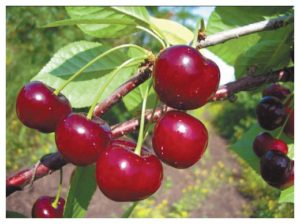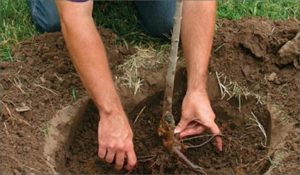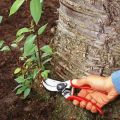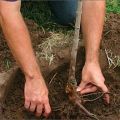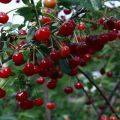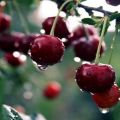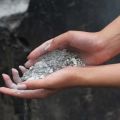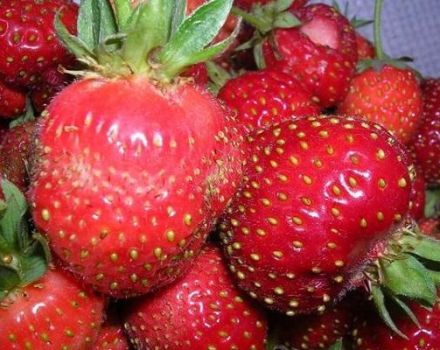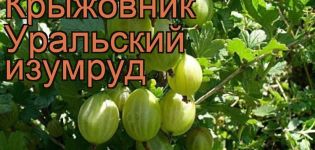Description and characteristics of cherry varieties Meeting, breeding history and cultivation features
In almost every plot there is a cherry tree variety. Cherry varieties Vstrechana are distinguished by their unpretentious care and ease of cultivation. The cherry tree gives a stable harvest every year.
Origin story
The hybrid was launched in 1966 on the territory of Ukraine. To create a new cherry hybrid, the parent varieties Lyubskaya and Kievskaya 19 were taken. Since Kievskaya 19 belongs to the ducks, that is, it is a hybrid of cherry and sweet cherry, the new variety combines the positive qualities of two types of fruit trees.
Description of the variety
Description of the cherry tree variety Meeting is very important. Before purchasing a seedling, they study the main characteristics of the Meeting hybrid. The plant belongs to dwarf, the trunk reaches 2 m in height. The shape of the crown is oval, with drooping branches. The branches are strewn with fruits during fruiting. Leaves are oval, serrated at the ends. Fruiting, like most cherry varieties, begins in the 3-4th year after planting. The average weight of berries is 7-8 g.
The rind is deep red, like the pulp. Cherries have a sweet and sour taste.
With proper care, up to 30 kg of the crop is harvested from an adult plant. Among the advantages, they distinguish resistance to severe frosts and drought, as well as to many diseases of fruit trees.
Landing subtleties
An important point in planting cherries is the choice of a seedling. The seedling should be healthy and there should be no signs of damage on the roots and trunk. The root system must be in a special package. A bare root system should not normally be sold.
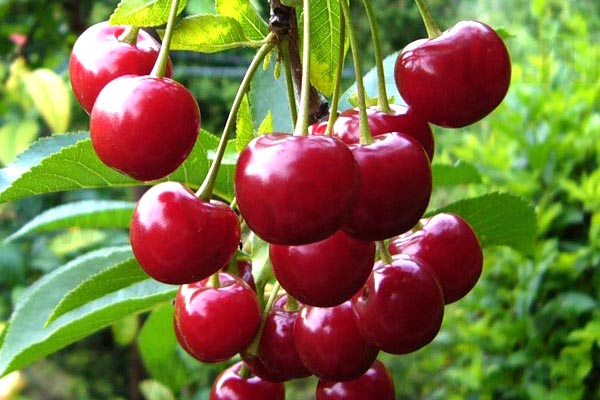
It is recommended to plant the Meeting in sunny areas or in a slight shade. When planted in the shade, the yield is significantly reduced. Preference should be given to light, fertile soils. According to the type of soil, it is recommended to plant the plant in loamy or sandy loam soils.
Since the rhizome of the variety is long, it is not recommended to plant the plant near the occurrence of groundwater, as well as in the lowlands. Before planting, the rhizome is dipped into the Kornevin solution for several hours. The drug stimulates growth. And just before planting in the soil, the roots are dipped in a liquid clay solution.
Stages of planting cherry seedling Meeting:
- Dig a deep hole, about 1 m, at least 80 cm wide.
- Mix the topsoil with manure, wood ash and mineral fertilizers.
- Leave the fertilizer hole for 3 weeks.
- After 3 weeks, start planting.
- Drive into the center of the hole a stake the length of a seedling.
- Put a seedling in a hole and bury it with soil.
- Tie the trunk to the stake.
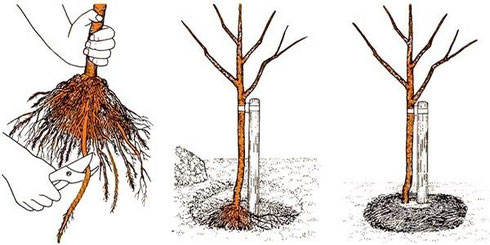
At the end of planting, water the seedling abundantly with warm water.
Care
The yield of the tree depends on the correct care. Minimal plant care includes watering, application of organic matter and mineral fertilizers, removal of weeds and prevention of diseases and pests.
Watering
Watering is an important part of hybrid care. Watering is carried out 4 times per season. It is not recommended to allow the soil to become waterlogged and dry out.
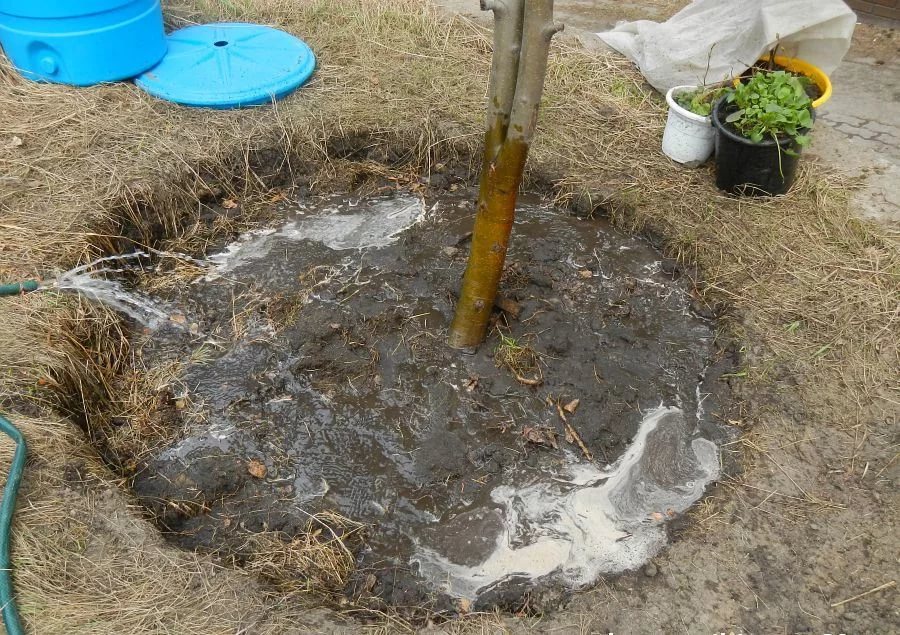
Watering terms:
- The first watering is done during bud formation.
- The second time the hybrid Meeting is watered during the flowering period.
- The third time watering is carried out at the beginning of fruiting and after harvesting.
- The last time the trees are watered is before the onset of autumn frosts.
For irrigation, use only water heated in the sun. If you pour cold water on the cherries, it will contribute to the development of fungal diseases.
Fertilizers
Like watering, fertilizers are applied about 4 times per season. If necessary, the amount of top dressing is increased. The lack of nutrients, like their excess, negatively affects the health of the hybrid.
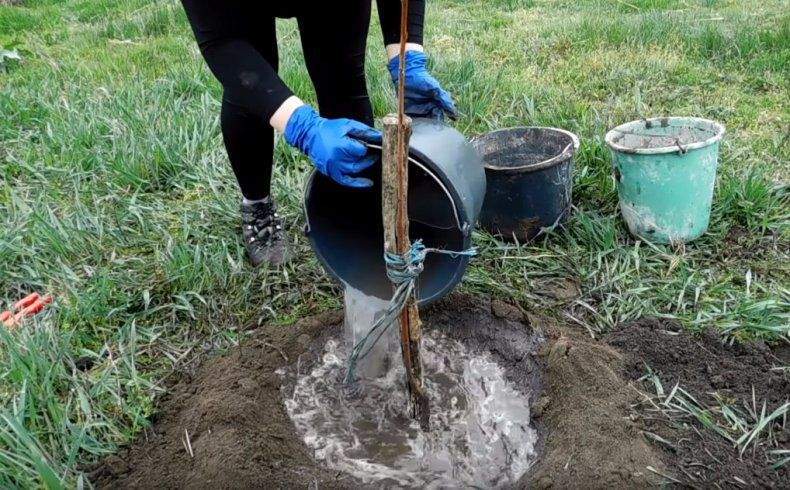
Fertilization:
- With the onset of the period of bud formation, nitrogen is introduced into the soil, which activates the growth of the tree
- During flowering and fruiting, cherries need phosphorus and potassium. Organic fertilizers such as mullein, wood ash or dung are also added.
- After harvesting, fertilizing is aimed at preparing the plant for winter. During this period, nitrogen-containing fertilizers should not be applied. Compost, peat and wood ash are added to the ground.
The amount of fertilizers applied and their frequency are determined by the appearance of the tree. If the cherry began to actively grow the deciduous mass, but there are no fruits, this indicates an excess of nutrients.
Diseases and pests
There is no cherry variety that does not get sick, and insects do not appear on it. Bordeaux liquid, Horus or Topaz preparations are used to fight diseases. The last two chemicals are used if more gentle methods cannot be dealt with.
Among insects, aphids, weevils and cherry fly... Treatment with soapy water and biological products helps from insects. In addition, the proximity of cherries with garlic, marigolds or valerian will scare away harmful insects.
